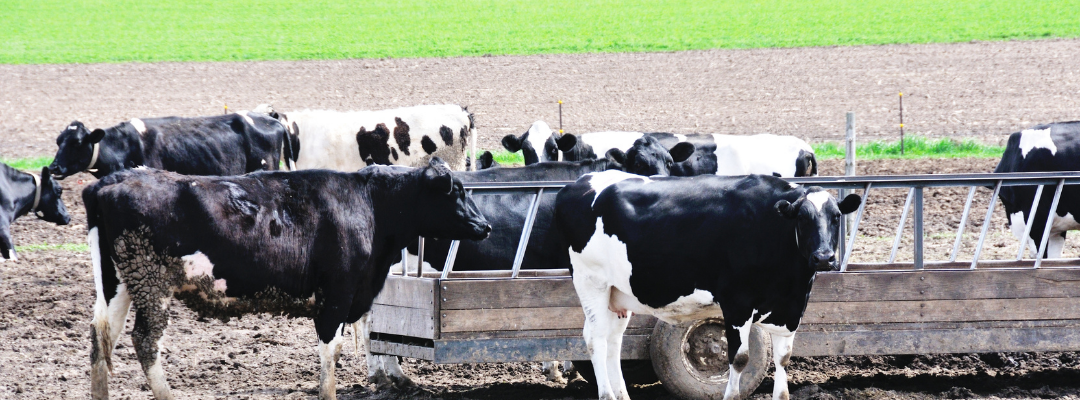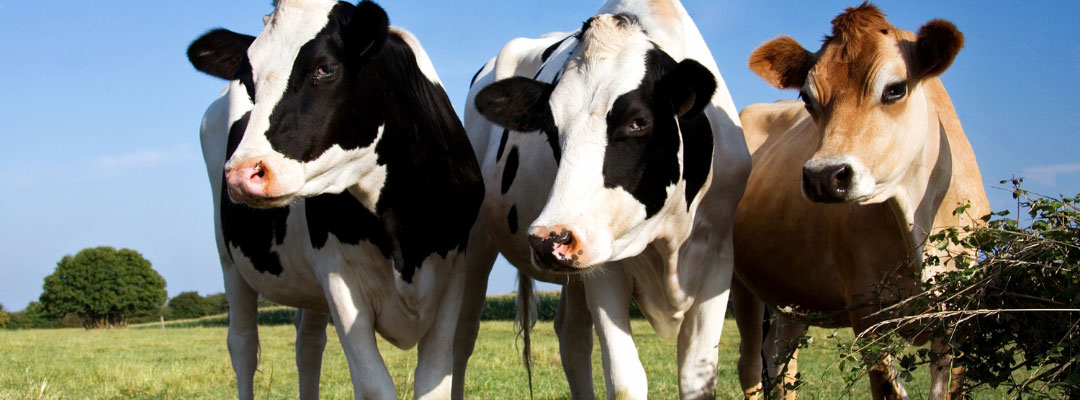The November estimates of retail meat prices were released last week by the USDA Economic Research Service (ERS). This dataset sheds light on average retail meat prices using data from the Bureau of Labor Statistics (BLS). Retail prices for beef, poultry, and pork were all up sharply from year ago levels. The all-fresh beef retail price was reported at $7.52 per pound during November. This was a few cents below the October level but still about 21 percent above the same month a year ago. Pork and chicken retail prices were also higher as compared to a year ago. Retail pork prices were up about 18 percent and chicken prices were up about 10 percent compared to November 2020.
The monthly BLS Consumer Price Index summary was also released last week and showed the all-items price index has increased 6.8 percent over the past 12 months. This is the largest 12 month increase since 1982. Higher energy prices were a contributor to the CPI increase. The energy price index was up 33 percent over the past 12 months. The food price index was up 6.1 percent over the past 12 months with meat price increases being a key factor.

Maples, Josh. “Meat Prices and CPI.” Southern Ag Today 1(51.2). December 14, 2021. Permalink








